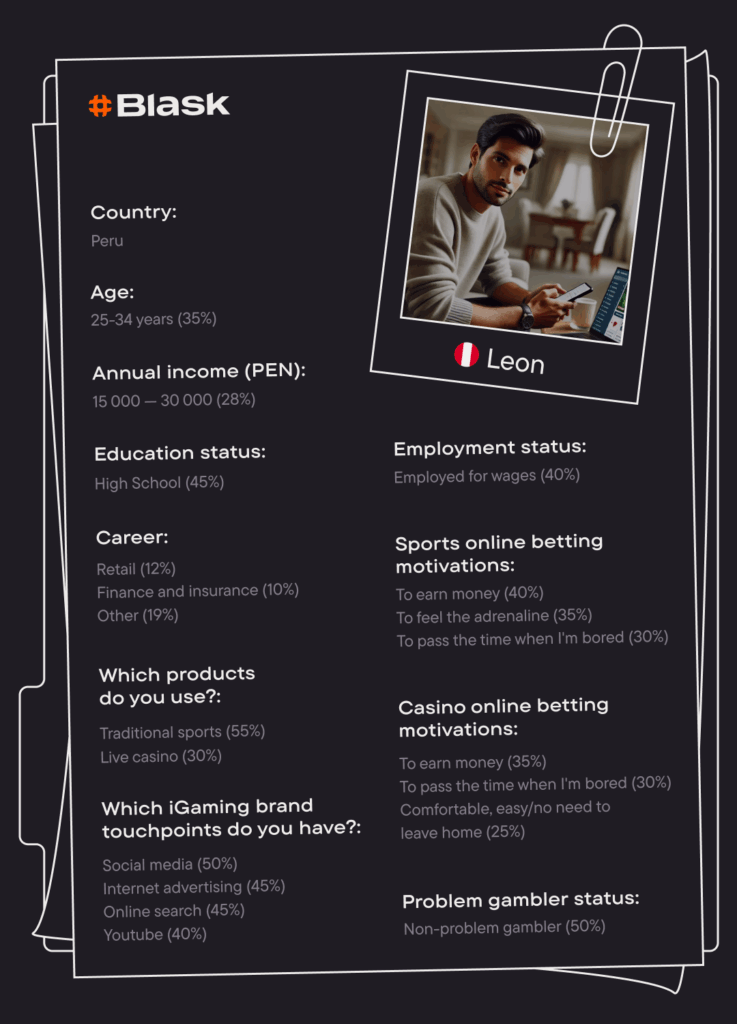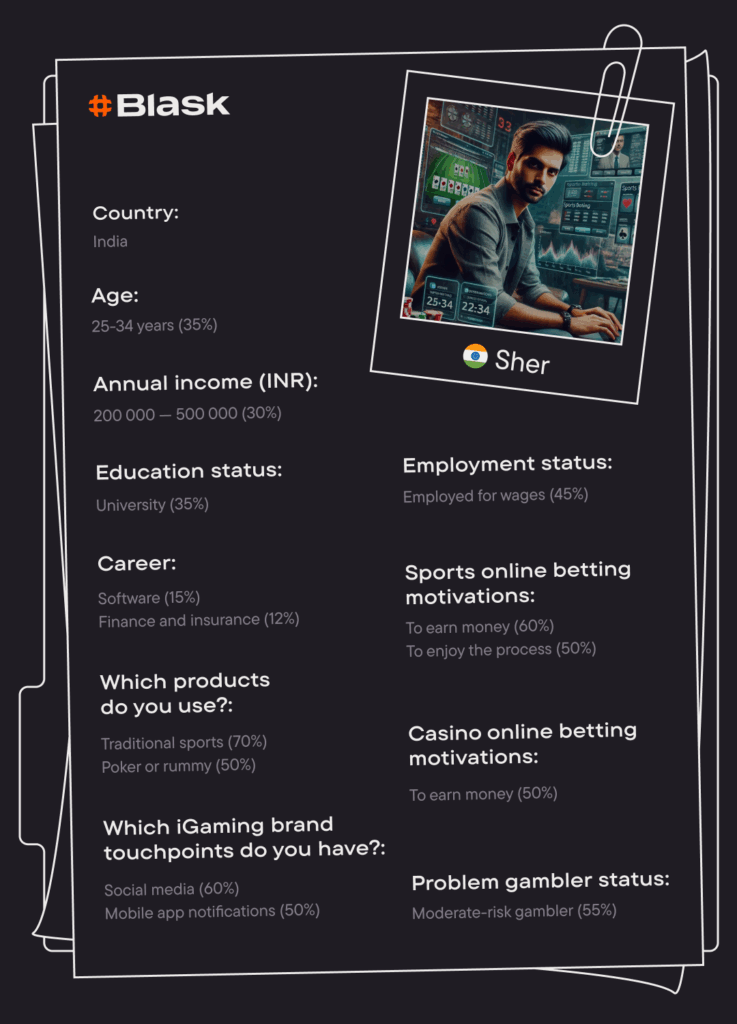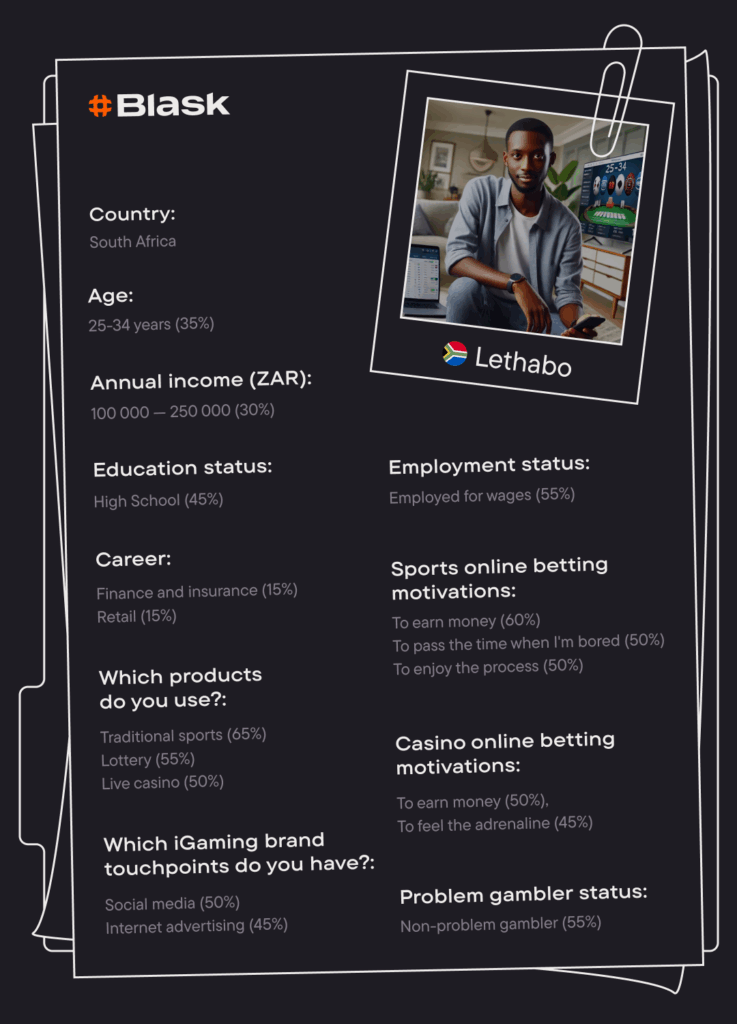Persona targeting
What persona targeting is today
Persona targeting is the quiet craft of matching why someone plays to what you show them.
💡 In iGaming it sits between demographics and pure spend data. Instead of chasing “high value” as a single tribe, you build a few clear characters from observable truths — motivations, preferred products, session habits, comfort with volatility — and tailor the storefront, offers, and tone to each.
Do it well and the lobby feels oddly personal without ever asking for a biography.
Personas are not mood boards; they are working hypotheses tied to behavior. A sports-first pragmatist who bets small but often, a bonus-curious slots explorer who values novelty over difficulty, a live-casino regular who plays for social presence — each deserves different tiles, different copy, different cadences.
The point isn’t to stereotype; it’s to avoid yelling the same headline at everyone, every day.
How to build personas without fiction
Start from motivation and context, not from age and gender.
- Ask what success looks like for the player: the small daily thrill, the chase of mastery, the social moment.
- Then test that idea against session length, device mix, first-minute behavior, and tolerance for variance.
The proof that a persona is real is simple: when you merchandise to it, CTR rises and first-minute bounce falls.
Personas are “why” made operational. If a persona doesn’t change a tile, a line of copy, or a CRM deeplink, it’s just a name.
🚀 Read more: The demographic gold rush: how player data is reshaping iGaming
How teams actually use persona targeting
Operators turn personas into editorial policies:
- the “quick-thrill” persona sees readable, low-friction games above the fold and time-boxed offers that expire tonight
- the “mastery” persona gets missions, tournaments and deeper explainer pages
- the “social presence” persona lands on live-dealer hubs and event schedules, not generic lobbies.
When a persona mix shifts — say, during a football tournament — the front page shifts with it.
Studios design with personas to avoid mixed messages. A high-volatility, feature-dense slot can delight a mastery cohort and punish a newcomer; the same game ships with a tutorial overlay and crisper re-spin cues when the target is broader.
Affiliates translate personas into landing pages: brief and legible for the quick-thrill crowd, slow and specific for mastery-seekers. The constant is honesty about tempo.
Measuring and scaling with Blask
Personas need fuel — motivation and product usage at country level — plus a way to see if the market around you is tilting. Blask supplies that context in one place.
The Customer Profile dashboard surfaces what most teams guess at: income bands, the top motivations for sports online betting and casino online betting, which products people actually use and other socio and motivation behavior.



It’s the starting kit for persona definitions grounded in culture rather than in hunches.
🚀 Read more: What is Blask Customer Profile and how it revolutionizes iGaming analytics.
For a public taste, each country’s free market page shows the top three answers from these sections — see Brazil as an example.
Inside the product you also get the All Metrics blocks for every country, which extend beyond the top three so you can size minority personas that still matter commercially.

How to use it, in order: read Country A’s motivations and product mix; draft three personas tied to those motives; map each to lobby tiles and CRM deeplinks; ship A/B copy that speaks the persona’s language; watch lobby CTR, first-minute bounce and day-7 return by persona shelf.
When the mix of motivations shifts — festival season, sports calendar — switch the front page, not the budget.
💡 Culture × persona × placement
Customer Profile explains why people play here; personas translate that “why” into tiles and copy; your lobby position decides whether anyone sees it.